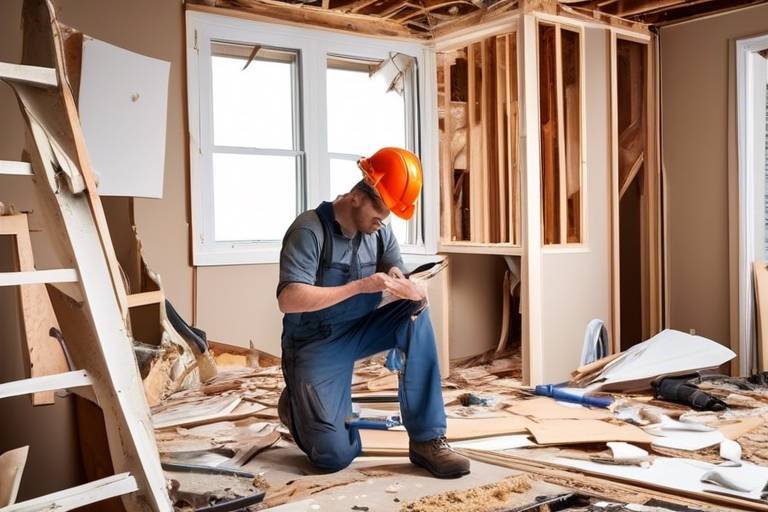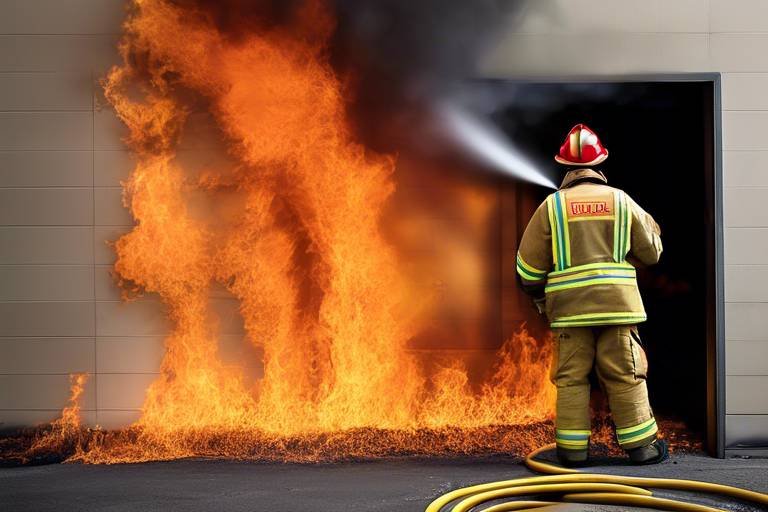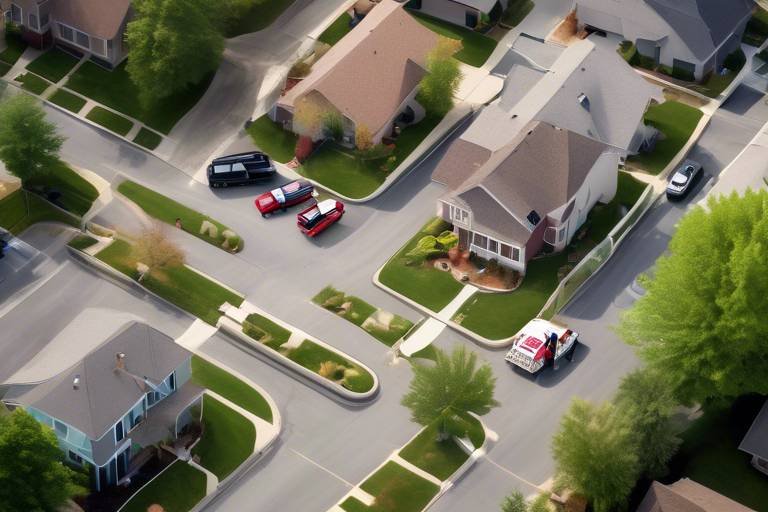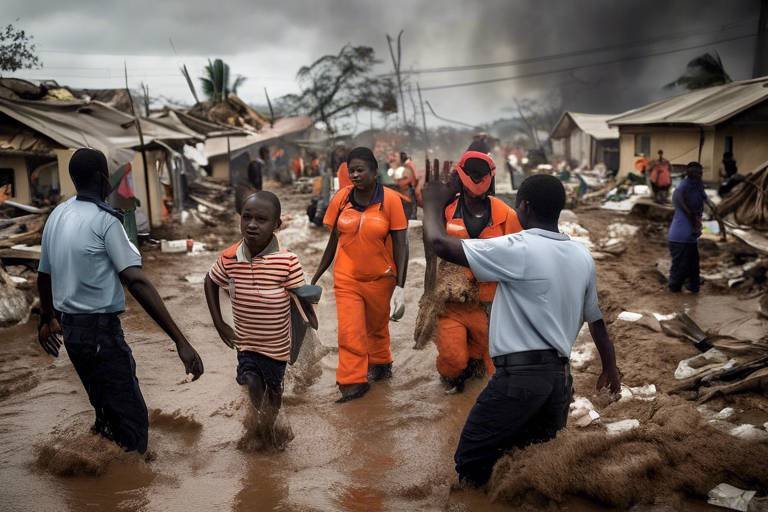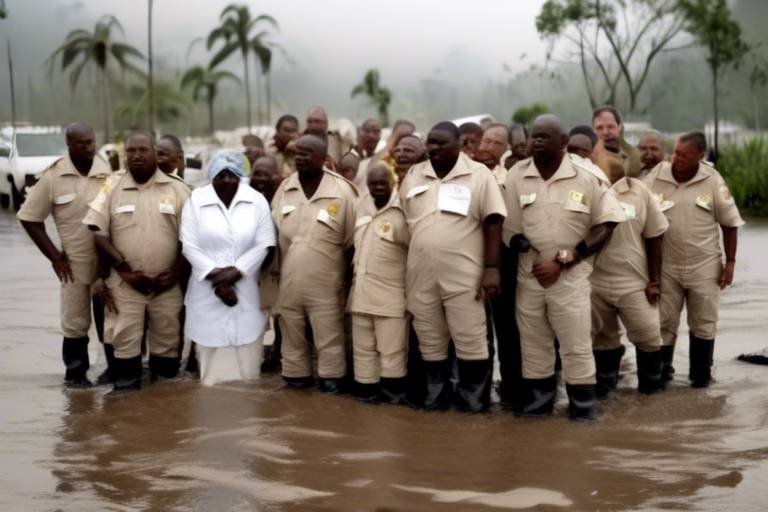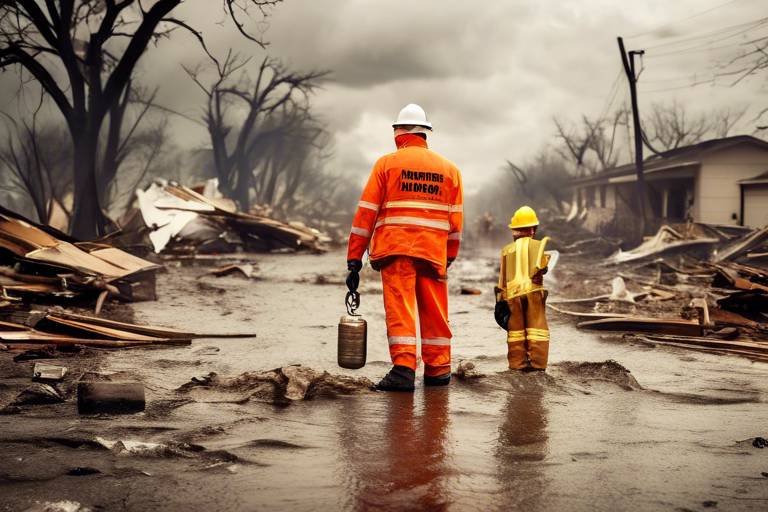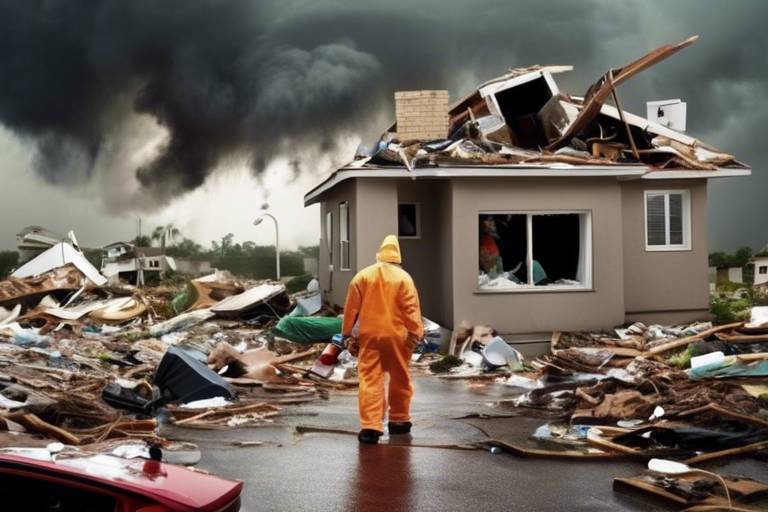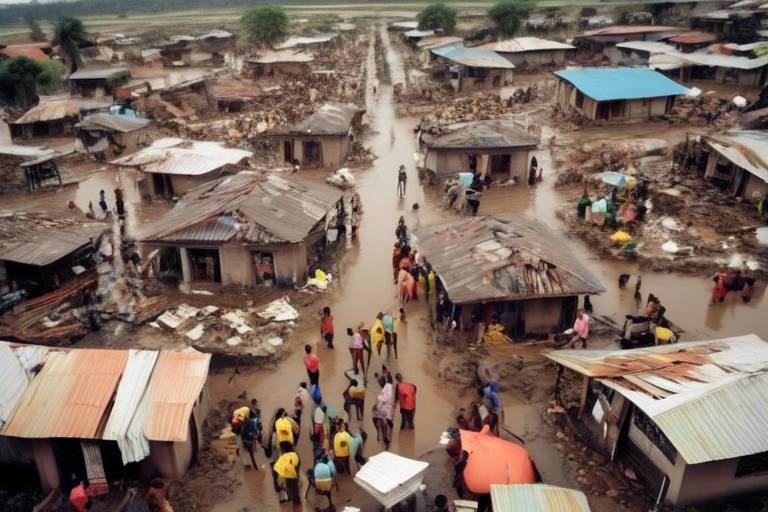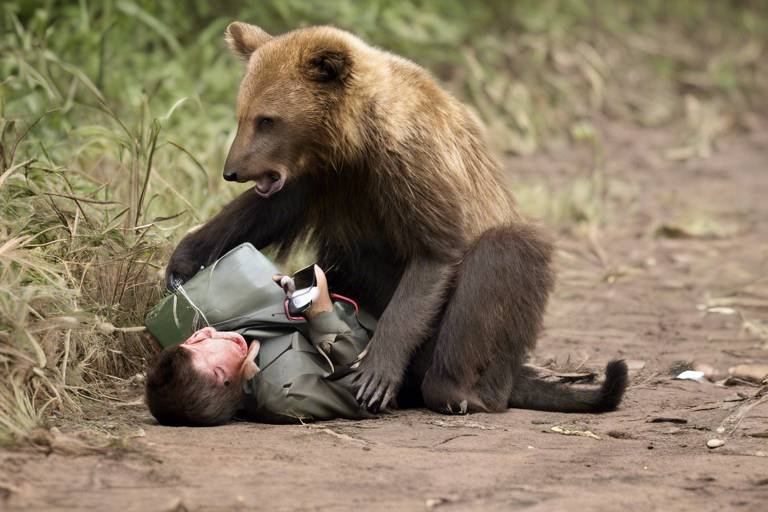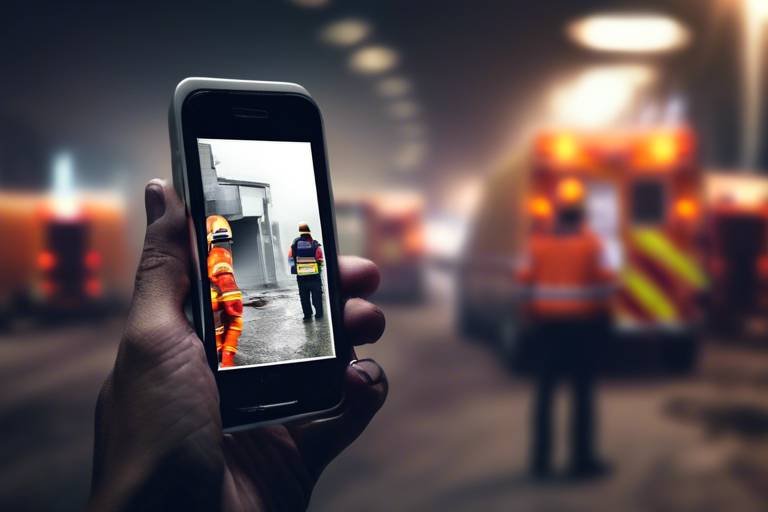Preparing For Disasters: Unique Needs of the Elderly
Disasters can strike at any moment, and when they do, the impact is often magnified for our elderly population. Imagine a storm rolling in, dark clouds gathering, and the winds howling—while most of us may feel a rush of adrenaline, many seniors feel a surge of anxiety, fear, and vulnerability. As we navigate the complexities of emergency preparedness, it’s crucial to recognize the unique challenges faced by elderly individuals. They often have specific physical, cognitive, and emotional needs that can hinder their ability to respond effectively during a disaster. This article will delve into these challenges and provide tailored strategies to ensure that our seniors are not only prepared but also empowered to face emergencies head-on.
The elderly demographic often grapples with a range of vulnerabilities that can complicate their response to disasters. For instance, physical limitations may prevent them from moving quickly or accessing resources. Imagine someone who has difficulty walking or suffers from chronic pain; the urgency of a disaster may feel like an insurmountable barrier. Cognitive challenges, such as memory loss or confusion, can further complicate their ability to follow emergency instructions. Additionally, emotional challenges like anxiety or depression may cloud their judgment, making it harder for them to act decisively when every second counts.
To illustrate, consider a scenario where an evacuation order is issued. An elderly person may struggle to remember the steps they need to take, or they might become overwhelmed by the chaos surrounding them. It’s essential to recognize these vulnerabilities and address them in our preparedness plans. By understanding the unique needs of our elderly loved ones, we can create a more inclusive and effective disaster response strategy.
Creating a personalized emergency preparedness plan is not just a good idea; it’s a necessity for seniors. This plan should be as unique as the individual it serves, taking into account their specific circumstances, health conditions, and preferences. For example, a senior with mobility issues may require different resources than one who is physically active. A well-thought-out plan may include:
- Designated emergency contacts who can assist in times of need.
- A clear outline of evacuation routes that are accessible.
- Information about local shelters that accommodate seniors.
Moreover, it’s vital to practice this plan regularly. Just like a fire drill in school, seniors should feel comfortable with their emergency plan. This practice can help alleviate anxiety and ensure that they know exactly what to do when disaster strikes.
Effective communication is the backbone of any emergency response. For elderly individuals, receiving timely information can be a matter of safety. It’s essential to employ various methods to ensure that they are informed about impending disasters. This could include:
- Setting up alerts on smartphones or tablets.
- Utilizing community bulletin boards for local updates.
- Encouraging family members to check in regularly.
Additionally, it’s crucial that seniors have a way to communicate their needs and concerns during an emergency. This could be as simple as having a designated family member who is always on call or using technology like text messaging or social media to stay connected.
Technology can be a game-changer in enhancing communication during disasters. There are numerous tools and applications designed to keep elderly individuals informed and connected with loved ones. For instance, apps that send alerts about severe weather or emergencies can be invaluable. Moreover, devices like smart speakers can provide hands-free assistance, allowing seniors to ask for information or assistance without needing to navigate complex technology.
Building a reliable support network is essential for elderly individuals. Community connections can provide invaluable assistance during emergencies. This network might include neighbors, friends, family, and local organizations. By fostering these relationships, seniors can feel more secure knowing that help is just a call away. Regular community meetings or social gatherings can strengthen these bonds and ensure that everyone is on the same page when it comes to emergency preparedness.
Evacuation can be particularly daunting for seniors. The logistics of moving, especially for those with mobility issues, can be overwhelming. It’s important to consider transportation options ahead of time. Seniors should have a list of accessible transportation services available in their area, and family members should be prepared to assist if needed. Additionally, specialized assistance may be required, such as medical transportation services that cater specifically to seniors.
Access to resources before, during, and after a disaster is critical for elderly individuals. This includes not only physical resources like food and water but also access to medical supplies and medications. Having a well-stocked emergency kit tailored for seniors can make a significant difference. This kit should include:
- Essential medications and medical supplies.
- Comfort items like blankets and personal hygiene products.
- Emergency contact information and important documents.
An emergency kit designed specifically for seniors can be a lifesaver. It’s not just about having the basics; it’s about ensuring that the kit addresses their unique needs. This means considering items that may not be standard in typical emergency kits, such as:
- Reading glasses or hearing aids.
- Special dietary needs and non-perishable food items.
Financial considerations are often overlooked in disaster planning. It’s essential for elderly individuals to have a clear understanding of their financial resources and insurance options. Budgeting for emergencies can help alleviate stress during a crisis. Seniors should review their insurance policies to ensure they have adequate coverage for potential disasters. This proactive approach can provide peace of mind, knowing that they are financially prepared for whatever may come their way.
Q: What should I include in an emergency kit for seniors?
A: An emergency kit for seniors should include essential medications, personal hygiene items, non-perishable food, water, and any necessary medical supplies. Don’t forget comfort items like blankets and reading glasses!
Q: How can I help my elderly loved one prepare for disasters?
A: Start by discussing the potential risks and creating a personalized emergency plan together. Ensure they have access to communication tools and establish a support network of friends and family.
Q: What technology can assist seniors during emergencies?
A: Consider using alert apps, smart speakers for hands-free communication, and social media to keep them informed and connected with loved ones.
Q: How often should we practice the emergency plan?
A: It’s recommended to practice the emergency plan at least twice a year to ensure everyone feels comfortable and confident in their roles during a disaster.

Understanding Vulnerabilities
When it comes to disasters, the elderly often find themselves in a precarious position. Their unique vulnerabilities can significantly hinder their ability to respond effectively during emergencies. One major challenge is physical limitations. As people age, they may experience reduced mobility, making it difficult to evacuate quickly or navigate through hazardous environments. Imagine trying to flee a rapidly rising flood while using a walker or dealing with arthritis—it's a daunting task that can lead to dire consequences.
In addition to physical challenges, many elderly individuals face cognitive impairments. Conditions such as dementia or Alzheimer’s can cloud judgment and decision-making abilities, leaving seniors confused about what steps to take during an emergency. This cognitive decline can lead to panic, causing them to freeze instead of taking necessary actions. Picture a scenario where an elderly person receives an evacuation order but struggles to remember where to go or how to get there—it's a frightening reality for many.
Emotional challenges also play a significant role in the vulnerabilities faced by seniors during disasters. The fear of the unknown can be overwhelming, leading to heightened anxiety and stress levels. Many elderly individuals have lived through traumatic events in their past, making them more susceptible to panic in the face of new crises. This emotional turmoil can prevent them from acting rationally when every second counts.
To further understand these vulnerabilities, it's essential to consider the following factors:
- Health Conditions: Chronic illnesses like heart disease, diabetes, or respiratory issues can complicate evacuation plans and increase the need for ongoing medical care.
- Social Isolation: Many seniors live alone and may lack immediate access to help, leaving them vulnerable during emergencies.
- Access to Information: Limited access to technology or difficulties in understanding emergency alerts can hinder their ability to stay informed.
Recognizing these vulnerabilities is the first step toward creating effective disaster preparedness strategies tailored for the elderly. By understanding the specific challenges they face, caregivers, family members, and community organizations can develop comprehensive plans that address these needs. The goal is to empower seniors, ensuring they have the resources and support necessary to navigate emergencies with confidence and safety.
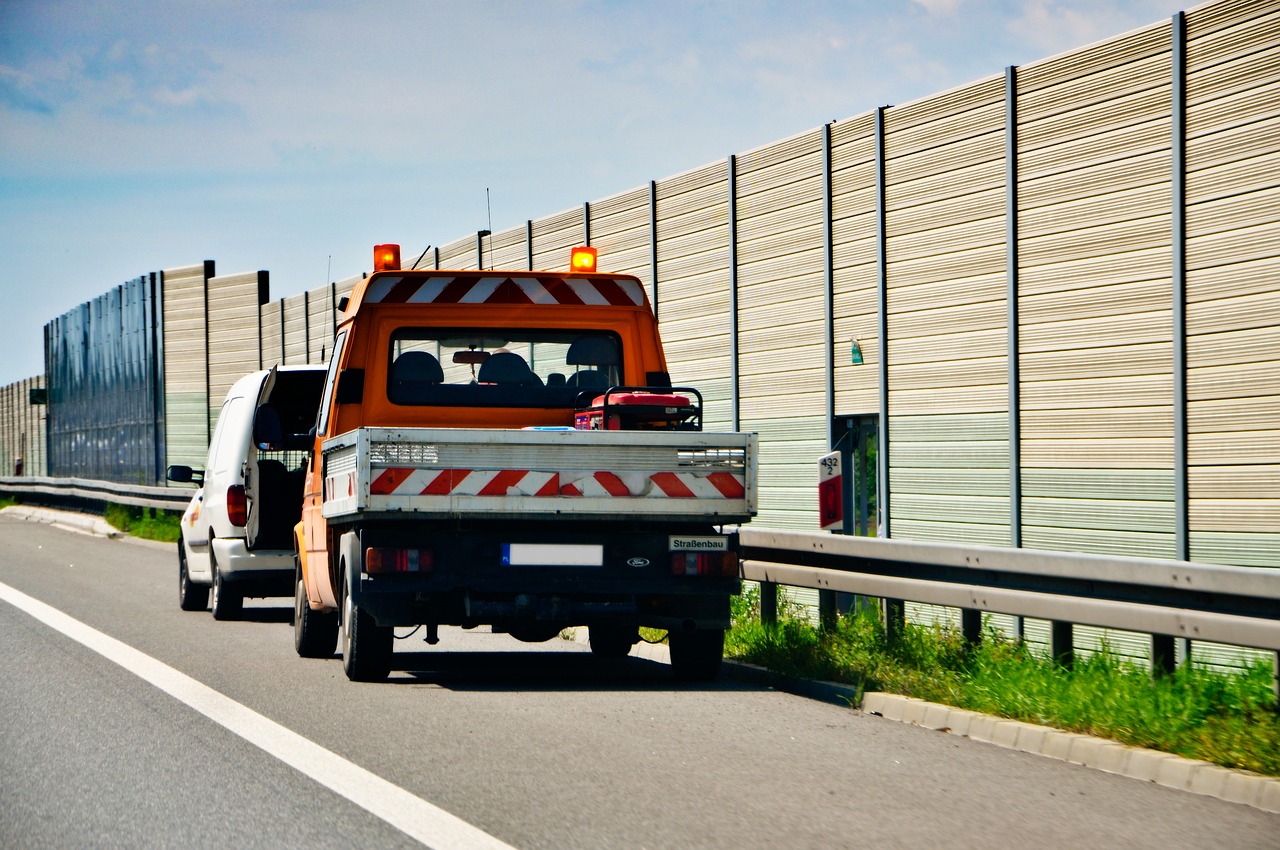
Emergency Preparedness Plans
When it comes to emergencies, having a solid plan can be the difference between chaos and calm, especially for our elderly loved ones. Imagine a storm brewing outside, the wind howling, and the power flickering—this is when a well-thought-out emergency preparedness plan becomes a lifeline. For seniors, these plans need to be tailored to address their unique circumstances and challenges. Factors such as mobility issues, cognitive decline, and medical needs should be at the forefront of any preparation strategy.
Creating an effective emergency preparedness plan involves several key components. First and foremost, it’s essential to assess the individual’s specific needs. This could mean considering their medication schedules, physical limitations, and any assistive devices they may rely on. For instance, if an elderly person uses a walker or wheelchair, the plan should include accessible routes to safety. It’s also crucial to establish a clear communication strategy. Who will they contact in an emergency? How will they receive alerts regarding impending disasters? These questions must be answered to ensure that seniors feel secure and informed.
Moreover, it’s beneficial to involve the elderly individual in the planning process. This not only empowers them but also helps in identifying any additional needs they might have overlooked. For instance, they might want to have a favorite blanket or a cherished photo with them during an evacuation. Such personal items can provide comfort and a sense of normalcy amidst the chaos. Additionally, families should regularly review and practice the emergency plan with their elderly loved ones. Just like rehearsing for a play, practicing the plan can make it second nature, reducing panic when the real thing happens.
Another critical aspect of an emergency preparedness plan is the establishment of a support network. This network can include family members, friends, neighbors, and local community services. Having a few reliable people who can lend a hand during an emergency can significantly ease the burden. For example, if an evacuation is necessary, knowing that a neighbor can assist with transportation or that a family member is just a phone call away can provide immense peace of mind.
In summary, an emergency preparedness plan for elderly individuals should be comprehensive, personalized, and regularly updated. It should encompass their specific needs, establish effective communication channels, and build a support network. By taking these steps, we can help ensure that our elderly loved ones are not only prepared for emergencies but also feel confident and supported when facing them.
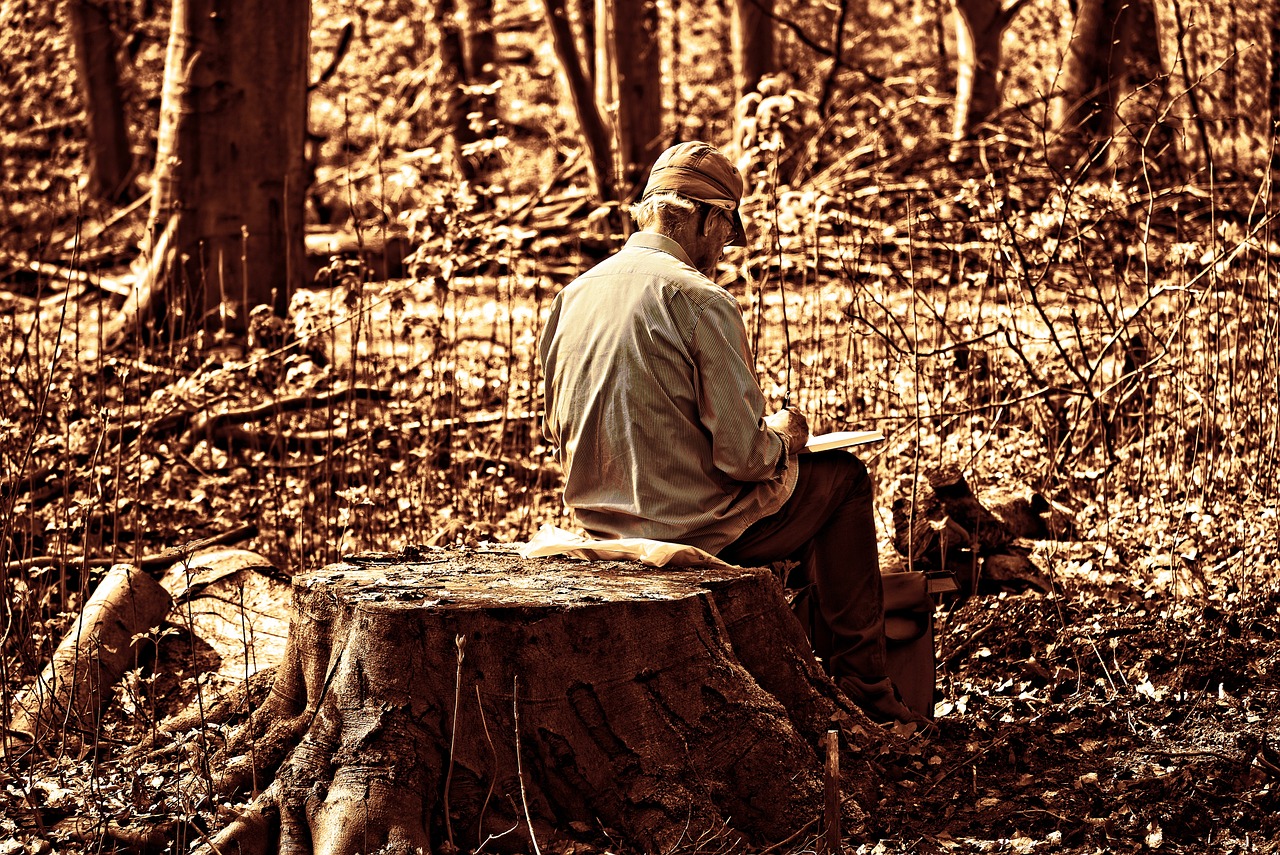
Communication Strategies
In times of crisis, effective communication can be the lifeline that elderly individuals need to navigate the chaos of a disaster. Imagine being in a situation where every second counts, and you’re unable to understand what’s happening around you. This is a reality many seniors face during emergencies, making it essential to implement strategies that ensure they receive timely information while also being able to express their needs. One of the first steps in enhancing communication is to establish a clear plan that includes designated contacts who can relay important updates. This could be a family member, a neighbor, or a caregiver who can act as a point of contact during a disaster.
Moreover, utilizing various communication methods can significantly improve the chances of seniors staying informed. For instance, consider using a combination of traditional and digital communication tools. While many seniors might prefer a phone call, others may benefit from text messages or social media updates. It’s crucial to understand the preferred communication style of the elderly individual to ensure they receive information in a way that resonates with them. Additionally, creating a simple visual guide that outlines how to use these tools can empower seniors to take charge of their communication needs.
Another vital aspect is ensuring that the elderly have access to emergency information in a format that is easy to understand. This could mean using larger print materials or audio recordings that convey crucial information clearly. Visual aids can also play a significant role; for example, infographics that depict steps to take during an emergency can be incredibly helpful. Furthermore, it’s important to encourage seniors to keep a list of emergency numbers readily accessible, perhaps on their fridge or in their wallet, so they can quickly reach out for help if needed.
To further enhance communication during emergencies, building a community support system is invaluable. Encourage seniors to connect with local organizations, such as senior centers or community groups, where they can share resources and information. In addition, establishing regular check-in routines with neighbors can foster a sense of security and ensure that someone is always looking out for them. When seniors know they have a network of people who care, it can alleviate some of the anxiety that comes with emergencies.
Lastly, let’s not forget the role of technology in communication strategies. Many elderly individuals may feel overwhelmed by modern gadgets, but user-friendly devices can bridge the communication gap. Simple smartphones with large buttons and voice-activated features can make a world of difference. Apps designed for emergency alerts can also keep seniors informed about local disasters or safety updates. By integrating technology into their communication plan, we can help elderly individuals feel more connected and less isolated during challenging times.
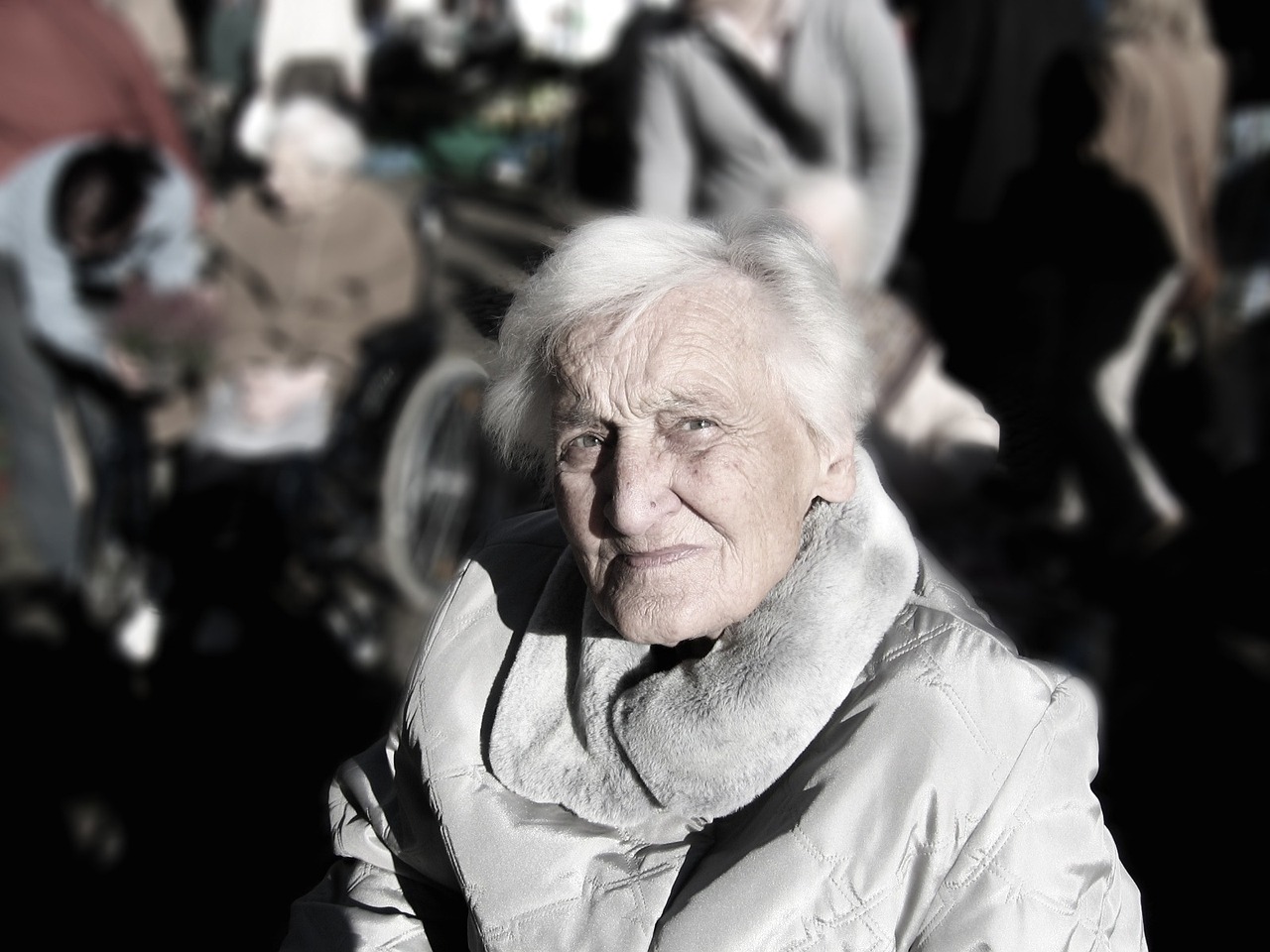
Utilizing Technology
In today's fast-paced world, technology can be a lifesaver, especially for the elderly during disasters. Imagine being able to stay connected with loved ones or receive timely updates about emergency situations right at your fingertips. This is where technology shines! With the right tools, elderly individuals can not only enhance their safety but also feel more empowered during crises. For instance, smartphones and tablets can be invaluable resources. They can be equipped with apps that provide real-time alerts about weather changes, evacuation routes, and emergency contacts.
Moreover, video calling applications like Zoom or FaceTime can help seniors maintain social connections, reducing feelings of isolation during stressful times. Picture this: an elderly person, sitting comfortably at home, able to see and speak with family members miles away, all while ensuring they are informed about any impending disasters. This connection can be crucial for their emotional well-being.
Another significant technological advancement is the advent of smart home devices. These gadgets can be programmed to alert caregivers or family members if a senior has fallen or is in distress. For example, smart speakers like Amazon Echo or Google Home can be set up to make emergency calls or send messages with simple voice commands. This feature can be a game-changer for those who may struggle with mobility or dexterity during a crisis.
It's also essential to consider the accessibility of these technologies. Many devices now come with user-friendly interfaces designed specifically for seniors. Large buttons, voice commands, and simplified menus can make it easier for them to navigate these tools without feeling overwhelmed. Additionally, community centers or local organizations often offer workshops to help seniors become more comfortable with technology. This proactive approach can significantly enhance their disaster preparedness.
To sum it up, leveraging technology can dramatically improve the way elderly individuals prepare for and respond to disasters. They can stay informed, connected, and safe, all thanks to the digital age. By embracing these tools, we not only enhance their safety but also enrich their lives, providing them with the confidence to face any challenge head-on.
- What types of technology are best for seniors during disasters?
The best technologies include smartphones for communication, smart home devices for safety alerts, and apps for real-time information.
- How can I help my elderly loved one become familiar with technology?
Consider enrolling them in local workshops or spending time with them to teach them how to use various devices and applications.
- Are there specific apps designed for emergency preparedness?
Yes, there are many apps available that provide weather alerts, emergency contacts, and safety tips tailored for seniors.
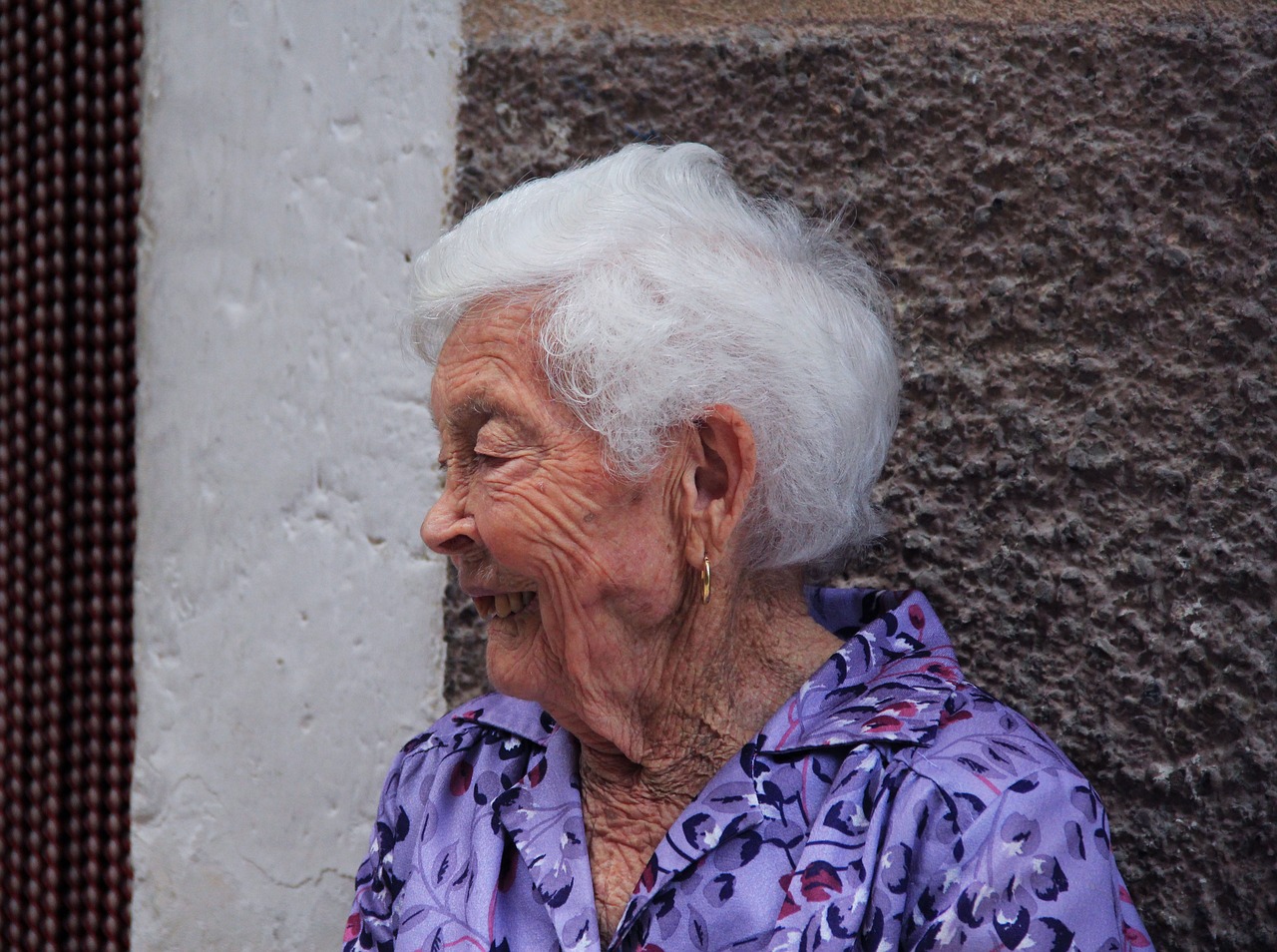
Establishing Support Networks
When it comes to disaster preparedness, one of the most vital yet often overlooked aspects is the establishment of strong support networks for elderly individuals. Imagine a safety net woven from threads of community, family, and friends, ready to catch them in times of need. These networks are not just beneficial; they are essential for ensuring that seniors can navigate emergencies with confidence and security. It's like having a lifeline that can pull them back to safety when the waters get rough.
First and foremost, it's crucial to identify who can be a part of this support network. Family members, neighbors, friends, and even local community organizations can play a pivotal role. Engaging in conversations with these individuals about the specific needs of elderly loved ones can foster a sense of preparedness and reassurance. For instance, does Aunt Mary need help with transportation? Can the neighbor check in on her during a storm? These discussions can lead to actionable plans that ensure no one is left to fend for themselves during a crisis.
Moreover, community resources such as local senior centers, churches, and volunteer organizations can serve as valuable hubs for support. These institutions often have programs designed to assist the elderly, from meal deliveries to emergency response teams. Establishing connections with these resources can provide elderly individuals with additional layers of safety and support. It’s like having a team of superheroes ready to spring into action when trouble arises.
Another effective strategy for building a support network is to create a communication plan. This plan should outline how members of the network will stay in touch during an emergency. Consider using a mix of communication methods such as phone calls, text messages, and social media. In today's digital age, technology can be a powerful ally. For instance, group messaging apps can keep everyone in the loop, ensuring that if one person needs help, others can jump in quickly. It’s all about ensuring that the lines of communication are open and that everyone knows their role in the network.
Additionally, it’s important to conduct regular check-ins within the support network. Just like we schedule doctor’s appointments, these check-ins can be a way to assess the ongoing needs of elderly individuals. Are they feeling safe? Do they have the supplies they need? Regular communication not only strengthens relationships but also keeps everyone informed about any changes in circumstances that may require additional support. Think of it as an ongoing dialogue that adapts to the needs of the moment.
Finally, don't underestimate the power of community involvement. Encourage elderly individuals to participate in local events, classes, or groups. This not only helps them build friendships but also creates a broader support system. The more connected they feel to their community, the more likely they are to receive help when they need it most. It’s like planting seeds of connection that can flourish into a robust network of care and support.
In conclusion, establishing a support network for elderly individuals is not just about having people around; it’s about creating a reliable system that ensures their safety and well-being during disasters. By fostering relationships, leveraging community resources, and maintaining open lines of communication, we can help our elders feel secure and prepared for whatever challenges may come their way.
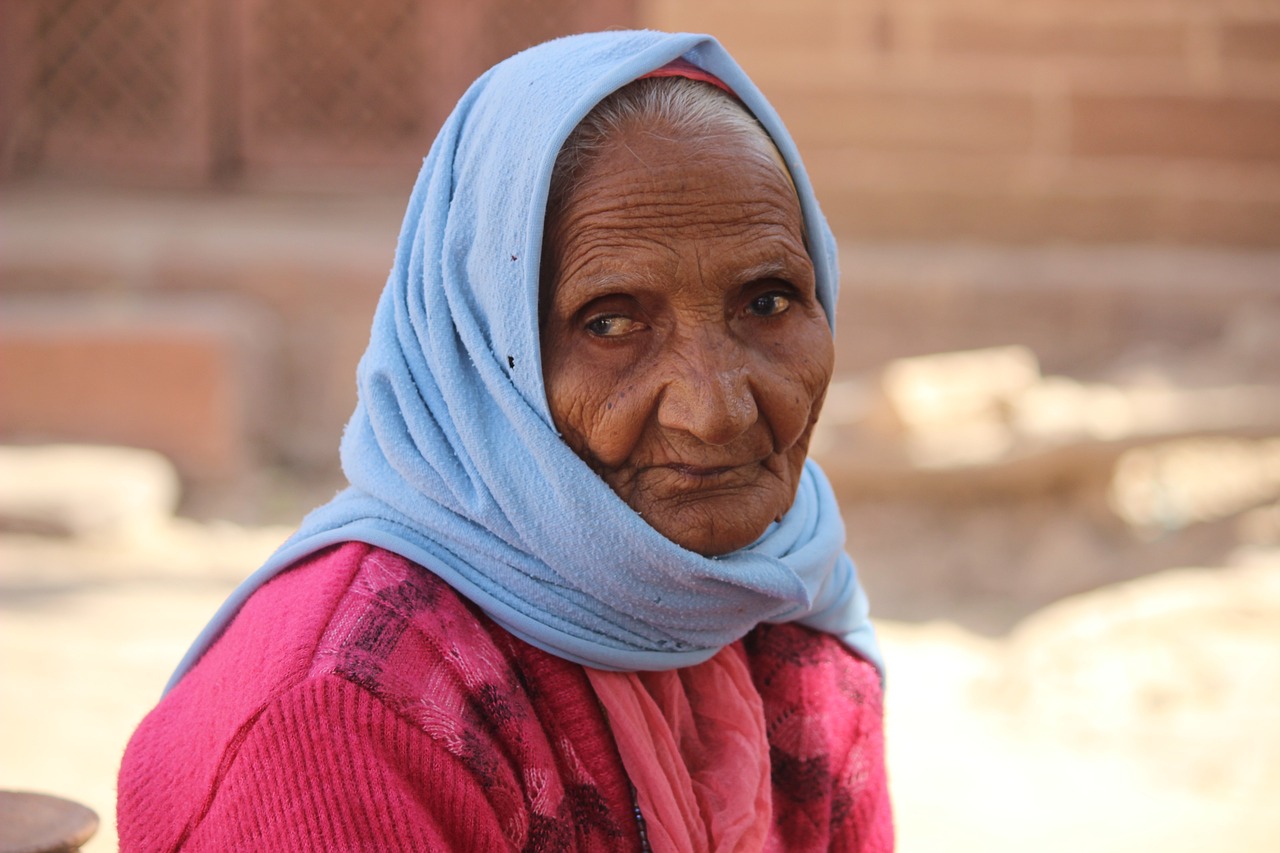
Evacuation Considerations
When disaster strikes, the thought of evacuation can be daunting, especially for elderly individuals who may face unique challenges. Imagine having to leave your home in a hurry, perhaps in the middle of the night, with little time to gather your belongings. For seniors, this scenario can be particularly overwhelming due to various factors such as mobility issues, medical needs, and emotional stress. It's essential to recognize these challenges and plan accordingly to ensure a smooth evacuation process.
One of the first considerations is transportation options. Many elderly individuals may not drive or may have difficulty using public transportation. Therefore, it’s crucial to arrange reliable transportation in advance. This could involve coordinating with family members, friends, or local services that specialize in assisting seniors during emergencies. Having a designated driver or a community service on speed dial can make a significant difference when time is of the essence.
Additionally, the need for specialized assistance cannot be overstated. Seniors often require help with mobility aids such as walkers or wheelchairs, and ensuring these are accessible during an evacuation is vital. It's a good idea to keep a list of necessary medical equipment and supplies, along with instructions for their use, in an easily accessible location. This list should be part of the senior's emergency preparedness plan. Considerations such as the following should be made:
- Have a backup plan for transportation in case the primary option is unavailable.
- Identify nearby shelters that are senior-friendly and can accommodate specific needs.
- Ensure that caregivers or family members are aware of the evacuation plan and can assist if necessary.
Moreover, emotional support plays a critical role during evacuations. The stress of leaving familiar surroundings can be overwhelming for elderly individuals. Engaging in conversations about the evacuation plan beforehand can help alleviate some fears. It’s important to remind seniors that they are not alone and that there are people ready to help them. Creating a calming environment and providing reassurance can make a world of difference.
Finally, practicing the evacuation plan can be a beneficial exercise. Just like a fire drill in schools, having a mock evacuation can help seniors feel more comfortable with the process. This practice can identify any potential obstacles and provide an opportunity to discuss any concerns they may have. Consider setting up a checklist that includes items to grab during an evacuation, ensuring that essential documents, medications, and personal items are prioritized.
In conclusion, preparing for an evacuation is not just about having a plan; it's about understanding the unique needs of elderly individuals. By considering transportation options, ensuring specialized assistance, providing emotional support, and practicing the evacuation plan, we can help make the process smoother and less stressful for our senior loved ones. Remember, the goal is to keep them safe and secure, even in the face of a disaster.
Q1: What should I include in an evacuation kit for seniors?
A1: An evacuation kit for seniors should include medications, important documents, personal identification, comfort items, and any mobility aids required, along with food and water supplies.
Q2: How can I help my elderly parent prepare for an evacuation?
A2: Start by discussing the evacuation plan with them, help them create an emergency kit, and practice the evacuation process together to ensure they feel comfortable and prepared.
Q3: Are there community resources available to assist seniors during evacuations?
A3: Yes, many communities offer resources such as transportation services for seniors, local shelters that cater to elderly needs, and volunteer organizations that can provide assistance during emergencies.
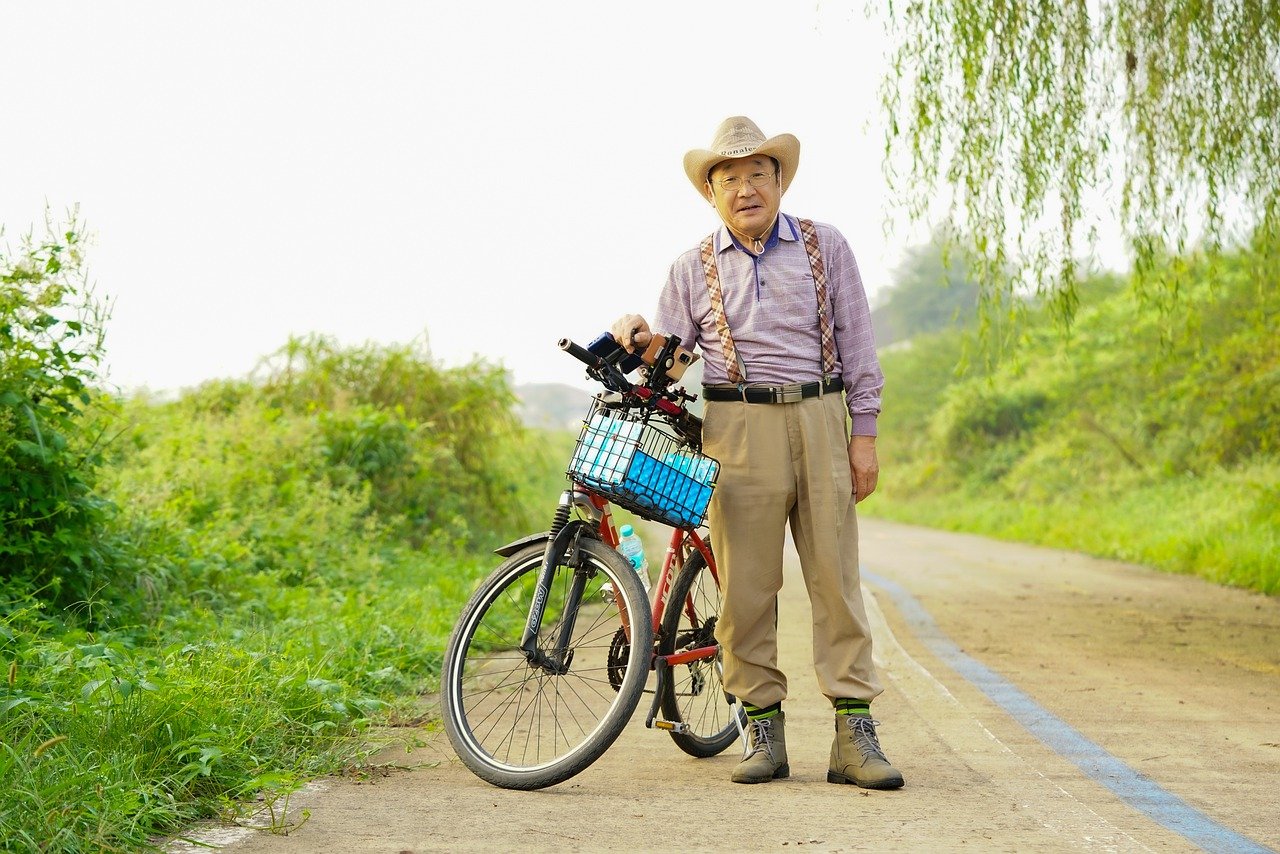
Resource Accessibility
When it comes to disaster preparedness, access to resources is not just a luxury; it's a necessity, especially for the elderly. Imagine facing a natural disaster, and you find yourself without the basic supplies and support systems you need. It’s a frightening thought, isn’t it? For elderly individuals, having the right resources readily available can mean the difference between safety and chaos. Therefore, it’s crucial to identify and ensure accessibility to key resources that can help them navigate through emergencies effectively.
First and foremost, elderly individuals should have a well-stocked emergency kit tailored to their specific needs. This kit should include not only basic supplies like food and water but also medications, mobility aids, and personal hygiene items. Consider the following essential items when preparing an emergency kit:
- Medications: A supply of all necessary medications, along with a list of dosages and instructions.
- Personal Care Items: Toiletries, incontinence products, and any other personal hygiene items.
- Mobility Aids: Canes, walkers, or wheelchairs, if applicable.
- Comfort Items: Blankets, pillows, or favorite books to provide emotional comfort.
- Emergency Contact List: A written list of contacts, including family, friends, and healthcare providers.
Furthermore, it’s essential to consider the accessibility of these resources. For instance, if an elderly individual has limited mobility, they may need assistance in reaching their emergency supplies. It's wise to keep these supplies in a location that is easy to access and to inform caregivers or family members about their whereabouts. In addition, having a communication plan in place ensures that they can reach out for help when needed. This could involve setting up a group chat with family members or using a simple phone tree to keep everyone informed.
Moreover, financial preparedness is a critical aspect of resource accessibility that is often overlooked. Many elderly individuals live on fixed incomes, making it essential to budget for emergencies. Understanding insurance options, such as whether their policies cover evacuation or temporary housing, can provide peace of mind. Here’s a quick overview of financial considerations:
| Financial Consideration | Details |
|---|---|
| Emergency Fund | Set aside a small amount monthly to build a fund for unexpected expenses. |
| Insurance Coverage | Review insurance policies to ensure they cover disaster-related expenses. |
| Local Assistance Programs | Research local programs that provide financial aid during disasters. |
Lastly, community connections play a vital role in resource accessibility. Building a reliable support network can be incredibly beneficial. Neighbors, local organizations, and community centers can offer assistance during emergencies, whether it’s providing transportation or simply checking in. Encourage elderly individuals to engage with their community, as these connections can be a lifeline during a disaster.
In conclusion, ensuring that elderly individuals have easy access to vital resources is fundamental in disaster preparedness. By equipping them with the right tools, knowledge, and support systems, we can help them navigate through emergencies with greater confidence and safety.
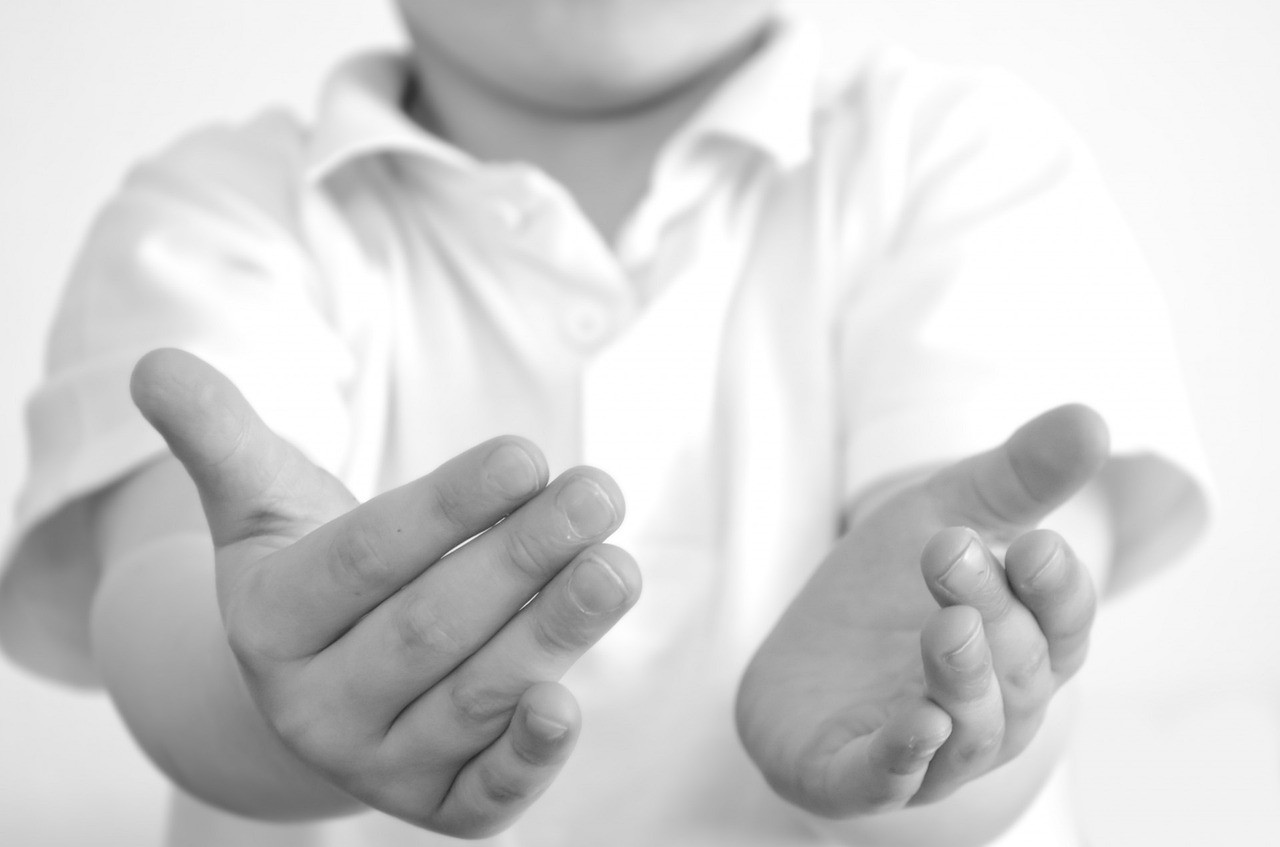
Emergency Kits
When it comes to disaster preparedness, having an emergency kit tailored specifically for elderly individuals can be a game-changer. Imagine being caught in a storm or an unexpected evacuation; the last thing you want is to scramble around looking for essential items. An emergency kit not only provides peace of mind but also ensures that seniors have the necessary tools to navigate through challenging situations effectively.
So, what should an elderly-friendly emergency kit include? It's crucial to think beyond just the basics. While water, food, and first-aid supplies are essential, there are additional items that cater specifically to the needs of seniors. For instance, consider including:
- Medications: A list of current medications along with a supply that lasts at least a week, including any necessary medical devices.
- Personal Care Items: Items like glasses, hearing aids, and any special hygiene products.
- Comfort Items: Familiar items such as a favorite blanket or small photo albums can provide emotional support during stressful times.
- Emergency Contacts: A printed list of important phone numbers, including family, friends, and healthcare providers.
It's vital to regularly check and update the kit to ensure that all items are in working order and that food and medications are not expired. Think of it as a living document—one that evolves as the needs of the individual change. This regular maintenance can make a huge difference when disaster strikes.
Furthermore, consider the storage of the emergency kit. It should be easily accessible yet safe from potential hazards. A good spot might be in a closet near the front door, or even in the trunk of a car if seniors are mobile. Remember, the easier it is to grab and go, the better prepared they will be.
Lastly, it’s essential to involve family members or caregivers in the process of assembling the emergency kit. This collaborative effort not only ensures that the kit is comprehensive but also reinforces the importance of being prepared. After all, having a support system in place can be the difference between chaos and calm during a disaster.
Q: How often should I check my emergency kit?
A: It's recommended to check your emergency kit at least twice a year. This ensures that all items are up-to-date and functional.
Q: What if I have specific medical needs?
A: Make sure to include a detailed list of any specific medical needs or conditions in your emergency kit, along with necessary supplies and medications.
Q: Can I store my emergency kit in multiple locations?
A: Yes! Having multiple kits in different locations can provide additional security and accessibility during emergencies.
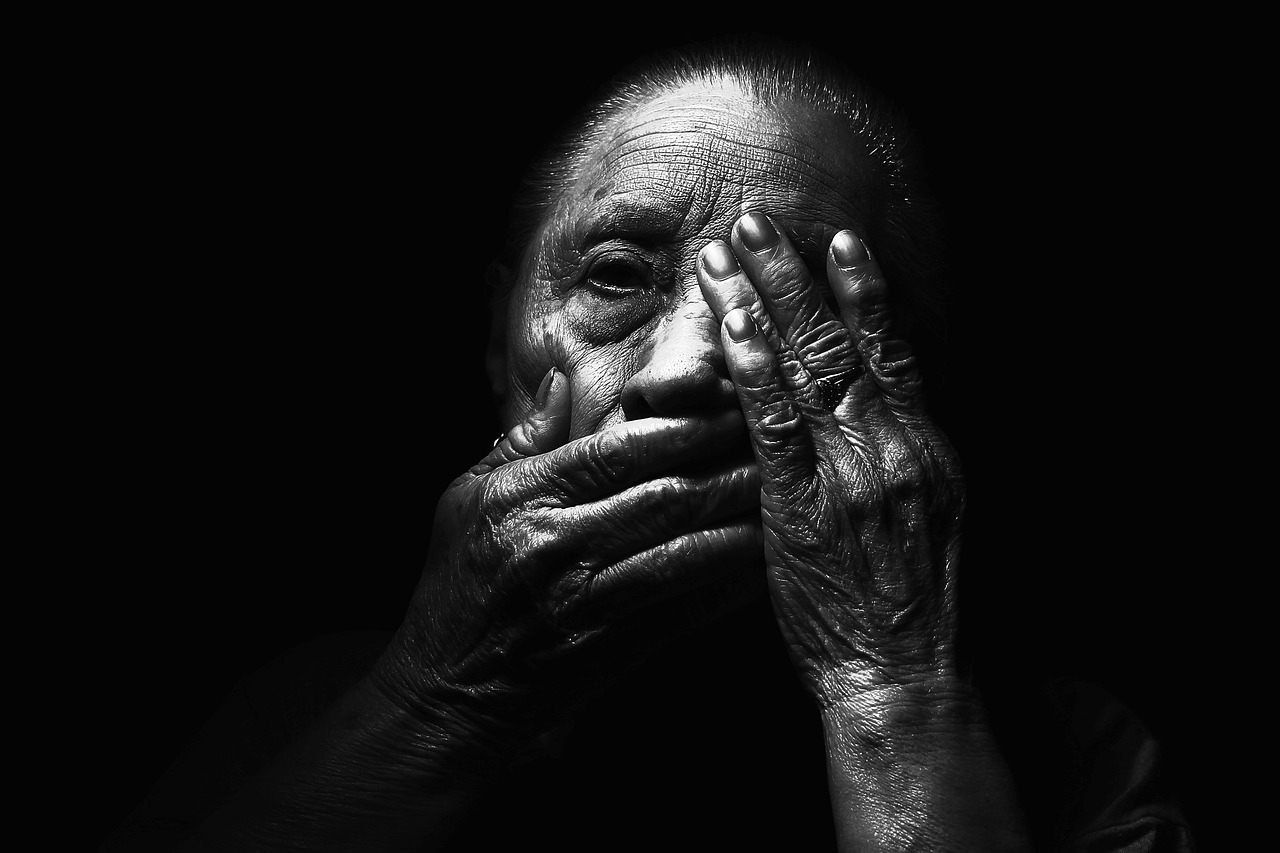
Financial Preparedness
When it comes to disaster preparedness, financial considerations often take a backseat, especially for elderly individuals. It's easy to overlook the financial implications of a disaster when you're focused on physical safety and emergency plans. However, being financially prepared can significantly enhance an elderly person's ability to respond effectively during such crises. Think of it as having a safety net that catches you when the unexpected happens. So, what does financial preparedness really entail for seniors? Let's dive into some key components.
First and foremost, it's essential for elderly individuals to have a clear understanding of their financial situation. This includes knowing how much money they have available, what their income sources are, and any expenses that may arise during a disaster. For instance, if they need to evacuate, they should consider how much cash they might need for transportation, temporary lodging, and food. Having a budget specifically for emergencies can be a game-changer. It’s like having a roadmap that guides them through the financial fog when chaos strikes.
Another critical aspect of financial preparedness is understanding insurance options. Many seniors may have home or renters insurance, but do they know what their policies actually cover in the event of a disaster? It’s vital to review these policies regularly and ensure they include coverage for natural disasters. Additionally, seniors should consider reviewing their health insurance plans to understand how they would be affected during an emergency. This could involve knowing which hospitals are in-network, what services are covered, and how to access medical care if they need to evacuate.
Moreover, having accessible financial resources is crucial. This means keeping important documents, such as bank account information, insurance policies, and identification, in a safe but easily accessible place. A fireproof safe or a waterproof document holder can be excellent options. In times of crisis, having these documents at hand can save precious minutes and reduce stress.
For those who may need assistance, establishing a power of attorney can provide peace of mind. This legal document allows a trusted individual to make financial decisions on their behalf if they become incapacitated. It’s like having a financial guardian who ensures that their needs are met, even when they can’t voice them. This can be especially important during a disaster when communication may be compromised.
Finally, it’s worth noting the importance of community resources. Many local organizations offer financial assistance during disasters, and being aware of these resources can make a significant difference. Whether it's food banks, shelters, or financial aid programs, knowing where to turn for help can alleviate some of the financial burdens that often accompany emergencies.
In conclusion, financial preparedness is an integral part of disaster planning for the elderly. By taking the time to understand their financial situation, reviewing insurance options, keeping essential documents accessible, and establishing a power of attorney, seniors can navigate the turbulent waters of emergencies with greater confidence. Remember, being financially prepared is not just about having money; it’s about having a plan that ensures safety and well-being when it matters most.
- What should seniors include in their emergency budget? Seniors should consider transportation costs, temporary lodging, food, medical expenses, and any other necessities they might need during a disaster.
- How often should seniors review their insurance policies? It's advisable to review insurance policies at least once a year or after any major life changes, such as moving or a change in health status.
- What is a power of attorney, and why is it important? A power of attorney is a legal document that allows someone to make financial decisions on behalf of another person. It’s crucial for ensuring that financial matters are handled appropriately if the individual becomes incapacitated.
- Where can seniors find local financial assistance during disasters? Seniors can contact local non-profits, community organizations, or government agencies for information on available financial assistance programs in their area.
Frequently Asked Questions
- What unique challenges do elderly individuals face during disasters?
Elderly individuals often deal with a range of challenges during disasters, including physical limitations, cognitive impairments, and heightened emotional stress. These factors can make it difficult for them to respond quickly and effectively in emergencies, highlighting the need for tailored preparedness strategies.
- How can I create an effective emergency preparedness plan for seniors?
To create an effective emergency preparedness plan for seniors, consider their specific needs and circumstances. This includes identifying safe evacuation routes, ensuring easy access to medications, and establishing a communication plan with caregivers and family members. Personalizing the plan is key to addressing their unique vulnerabilities.
- What communication strategies work best for elderly individuals during emergencies?
Effective communication strategies for seniors include using simple language, visual aids, and regular check-ins. It's also beneficial to utilize technology, such as smartphones or emergency alert systems, to keep them informed and connected with emergency services and loved ones.
- How can technology assist elderly individuals during disasters?
Technology can play a vital role in disaster preparedness for seniors. Tools like mobile apps for emergency alerts, GPS tracking for caregivers, and video calling can help them stay informed and connected, making it easier to communicate their needs during a crisis.
- What should be included in an emergency kit for seniors?
An elderly-friendly emergency kit should include essential items such as medications, a first aid kit, non-perishable food, bottled water, a flashlight, and personal identification. Additionally, consider including comfort items like blankets and a list of important contacts to ensure their well-being during a disaster.
- How can seniors ensure financial preparedness for emergencies?
Seniors can ensure financial preparedness by budgeting for emergencies, understanding their insurance options, and keeping important financial documents easily accessible. It's also wise to have a small amount of cash on hand, as ATMs may not be functional during disasters.
- What role do support networks play in disaster preparedness for the elderly?
Support networks are crucial for elderly individuals during disasters. Community connections, including neighbors, friends, and local organizations, can provide essential assistance, such as transportation, information, and emotional support, helping seniors navigate emergencies more effectively.



